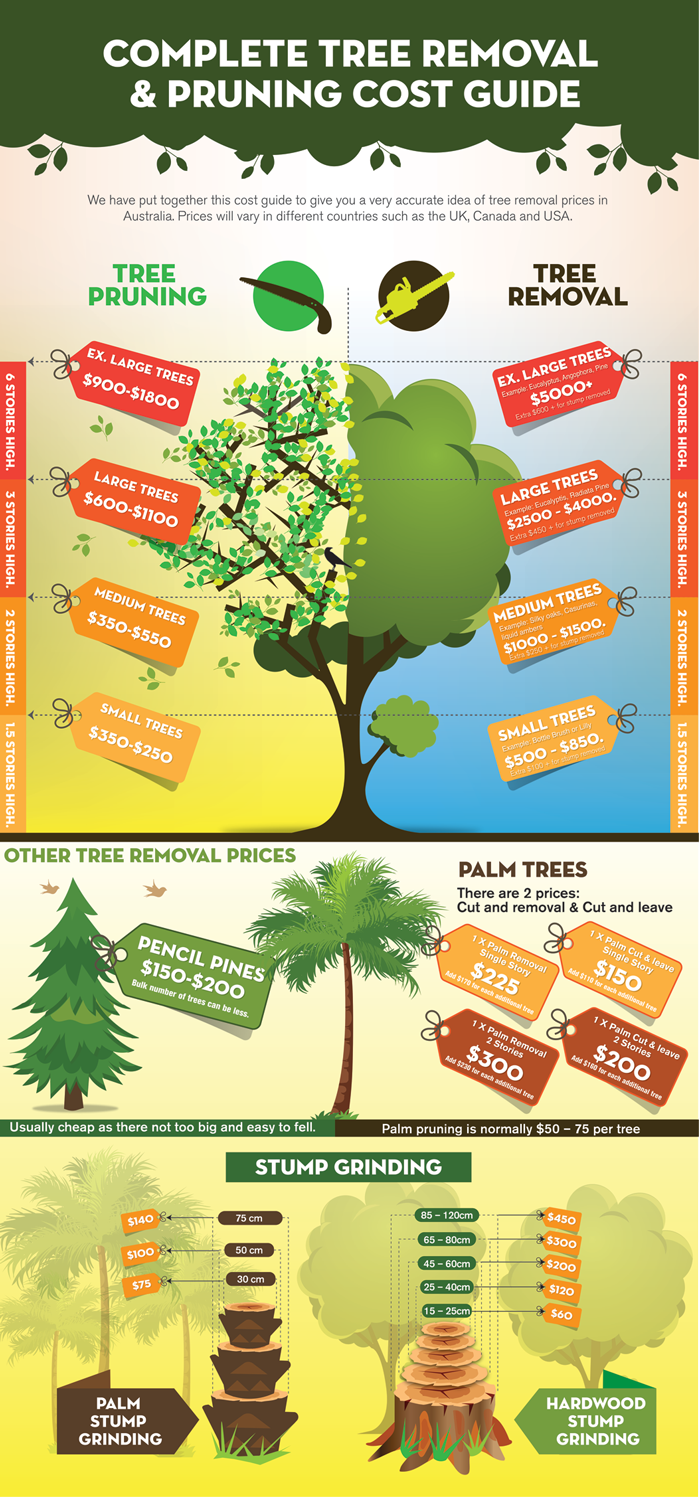The Environmental Influence Of Tree Removal: What You Need To Know
The Environmental Influence Of Tree Removal: What You Need To Know
Blog Article
Article Composed By-Franck Baldwin
When it concerns the ecological influence of tree elimination, there are important facets that demand your interest. From the intricate internet of relationships within environments to the succeeding effects on climate patterns, the consequences are profound. You may be stunned to find the complex methods which the removal of trees can resound throughout the setting. Keep tuned to decipher the intricate links and effects of this seemingly simple act.
Deforestation and Environment Loss
Logging and environment loss are vital issues coming from tree elimination. When trees are reduced, it interrupts entire communities. Not just are the trees themselves lost, but the homes and food sources of many plant and pet species are destroyed also. Birds shed their nesting websites, creatures lose their shelter, and pests lose their habitats. The results ripple via the food web, impacting predators and target alike.
In addition, deforestation adds to climate adjustment. Trees play a vital role in absorbing carbon dioxide, a greenhouse gas that catches warmth in the environment. With fewer trees, there's less carbon dioxide absorption, bring about enhanced levels of this gas in the environment and worsening international warming.
Environment loss is a direct result of deforestation, as the damage of forests indicates the loss of unique and varied ecological communities. Prune Apple Trees are unable to adapt to fast adjustments in their atmosphere, causing population decreases and, in many cases, extinction.
Shielding forests is necessary to keeping the fragile balance of nature and making sure the survival of plenty of plant and pet varieties.
Impact on Biodiversity
The elimination of trees has a considerable impact on biodiversity, affecting the variety and wealth of plant and pet species in an area. Trees offer habitat and food resources for various microorganisms, from insects to birds to mammals. When trees are removed, these varieties shed their homes and resources of nutrition, bring about a decline in their populaces. This disturbance can have plunging impacts on the whole ecological community.
Additionally, trees play an important function in preserving biodiversity by developing microhabitats within their covers, trunks, and origins that support a wide range of varieties. When trees are reduced, these specialized environments are damaged, decreasing the overall variety of the location.
Additionally, the elimination of trees can cause a reduction in hereditary diversity within plant populaces, as certain tree types may no more have the ability to reproduce or disperse efficiently. Shielding trees and woodlands is vital for maintaining biodiversity and guaranteeing the health and wellness of environments for future generations.
Dirt Disintegration and Environment Adjustment
With trees being gotten rid of from a location, the disturbance of soil structure and stability occurs, causing increased dirt erosion. linked internet page play an important role in preventing disintegration by holding dirt in position with their root systems. When trees are eliminated, particularly in large numbers, the dirt ends up being much more vulnerable to disintegration from wind and water. This disintegration not only affects the instant environments but can likewise lead to sedimentation in nearby water bodies, influencing water high quality and water ecological communities.
In addition, trees aid control the environment by taking in carbon dioxide during photosynthesis. When trees are cut down, this all-natural carbon sink is reduced, contributing to raised levels of greenhouse gases in the ambience. This can exacerbate climate adjustment, leading to even more severe weather condition occasions and disruptions in ecosystems worldwide.
For that reason, the removal of trees not just accelerates dirt disintegration yet also contributes in the bigger environmental concern of environment adjustment. It's essential to think about these factors when evaluating the impacts of tree removal on the environment.
Final thought
Now that you recognize the ecological effect of tree elimination, consider the repercussions before reducing trees. Deforestation interrupts environments, decreases biodiversity, and contributes to soil disintegration and environment adjustment. By being mindful of the impact of tree removal, you can assist protect our environment and preserve the delicate balance of nature. Make informed choices and take into consideration alternate solutions to lessen the adverse impacts on our planet.
